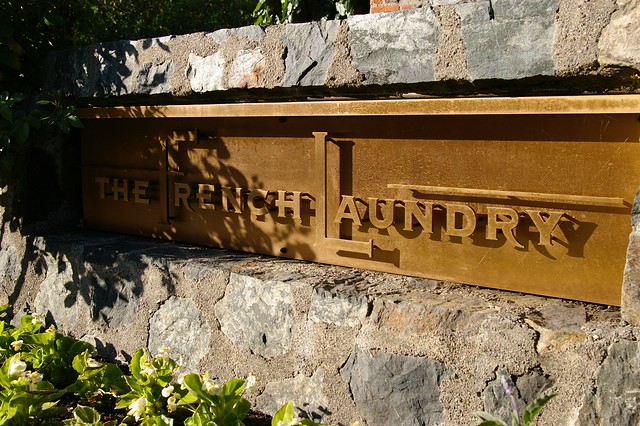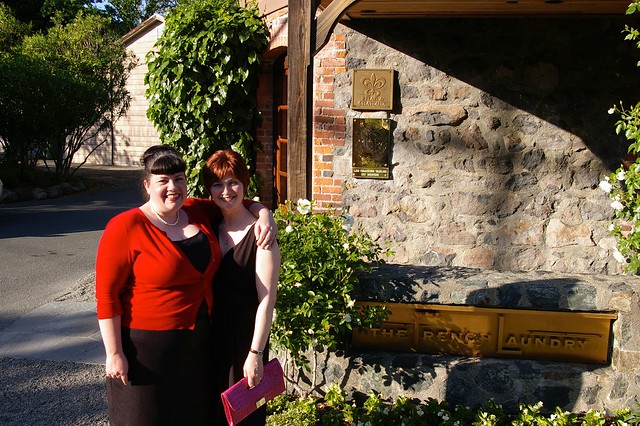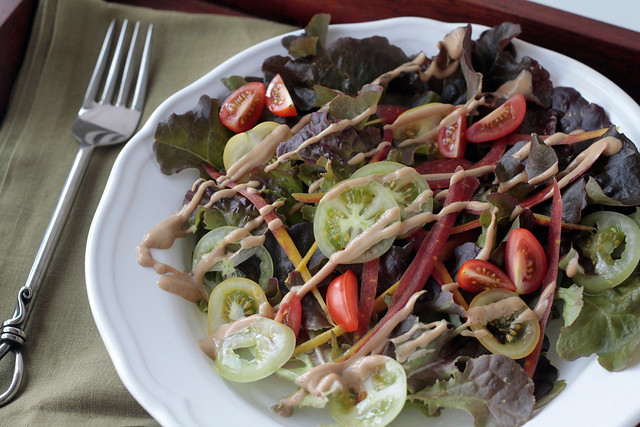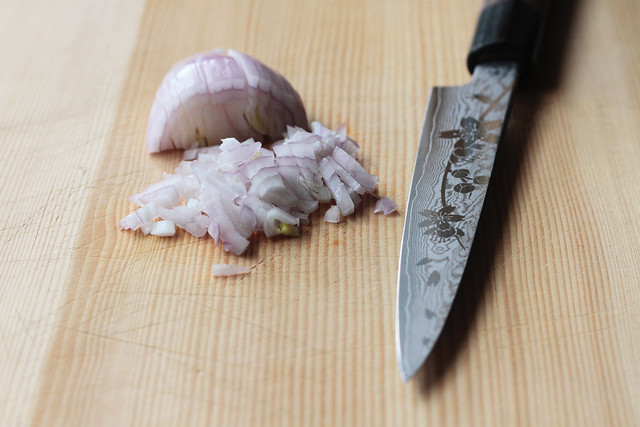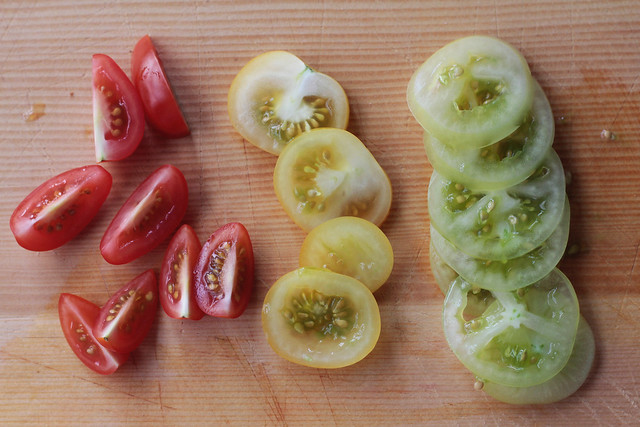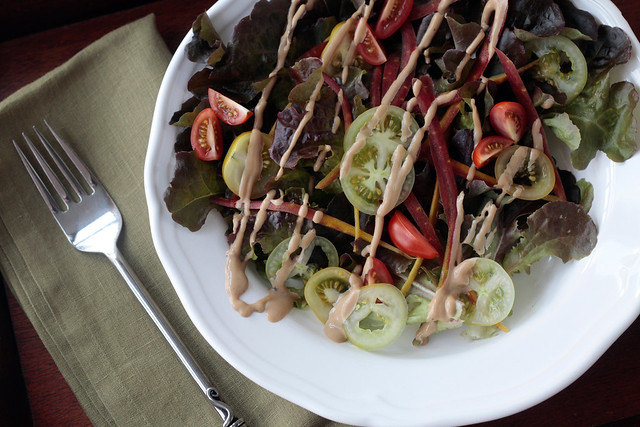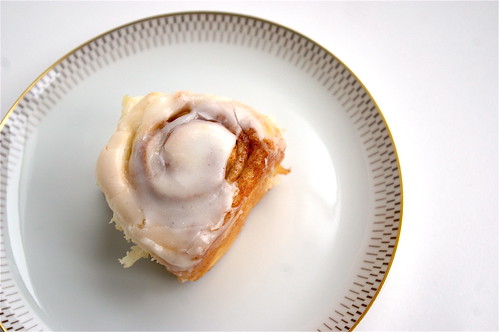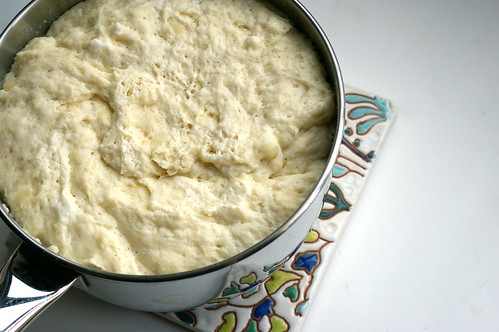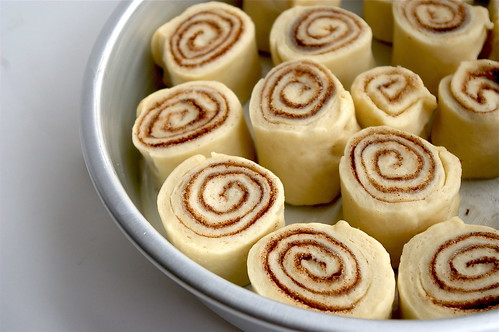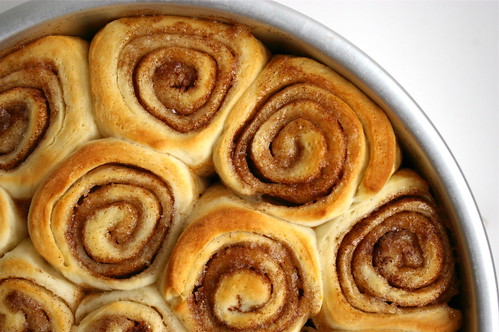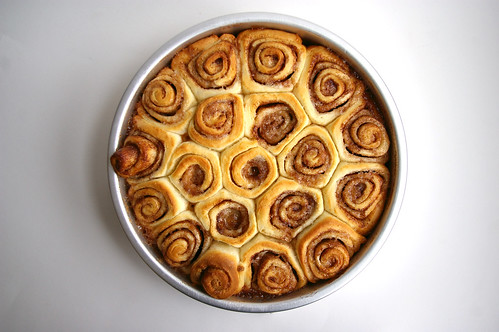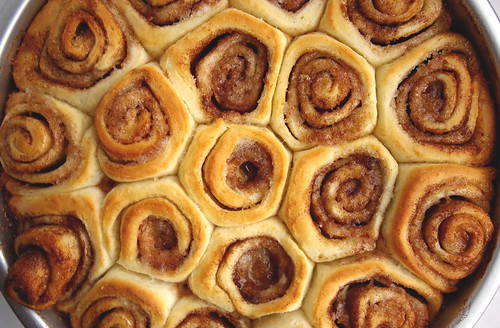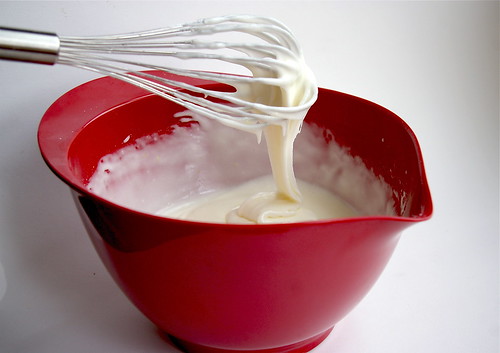I started this post more than two years ago.
I was supposed to be writing a eulogy and I procrastinated first by cleaning my apartment more thoroughly than I had in months. I then avoided it by starting a blog post I couldn’t bring myself to finish.
I didn’t want to write it because it would make things concrete. But now, two years after losing Andrea, her absence is absolutely, achingly, concrete. And not writing something won’t change that.
And I want to celebrate her at the same time that my heart is cracked open in her absence.
There is motivation beyond that too. For many reasons, not the least of which is that she was always one to knuckle down and get things done and it seems like she’d be sweetly exasperated with me for putting it off. Of course, she was often lovingly exasperated with me. “I can’t” was not a phrase in her vocabulary; she didn’t believe it should be in anyone else’s either. My pessimism, my jokes about eternal spinsterhood were received with her saying my name in an authoritative, yet almost gentle, tone.
Her mission in her last year was to get me to stop apologizing for things that required no apology — a bad habit. One I haven’t quite broken. She’d be exasperated about that too.
Andrea ran full charge at life: marrying her high school sweetheart despite family opposition (and wearing red cowboy boots under her wedding dress to do so), finding jobs in traditionally male-oriented energy industries, getting her MBA from Royal Roads and using her skills, education and experience to become the first female vice-president at an oil and gas company. She was determined, smart and knew what she wanted. She always went after it.
Her positive nature created an amusing oil-and-water friendship between the two of us.
But it was an unshakeable one. Formed in writing classes at UVic when we were all young and away from home for the first time and dreaming of a career built on words. A mutual friend, Julie, drew several of us together and we became a quintet known collectively as the Writer Girls. After graduation, we still met up for girls’ weekends, and caught up over emails and phone calls when our lives couldn’t allow us to be together in the same room.
Girls’ weekends had a few things in common: wine, more wine, spa treatments, giggling like teenagers and talking and sharing problems, solutions, jokes, sad stories, sex stories and more than one game of ‘I never’ — though that was often at my insistence and the other four humoured me occasionally.
There were trips to Tigh-Na-Mara for giggle-punctuated pedicures and a fridge stocked with almost nothing but wine in our cabin. There were visits to Julie’s family cabin on Keats Island. And we met up for five spectacular days in New York City, where Andrea rallied in the muggy heat despite being quite pregnant with her second daughter.
While we were still in university, Andrea had been diagnosed with Hodgkin’s lymphoma and was treated successfully. Went into remission. And none of us thought about it again, really.
Until a few years ago when a startling email arrived outlining that a new form of cancer was invading her body and she and her doctor were moving ahead with an aggressive plan for treatment.
Girls’ weekends became more frequent. Not because we were concerned she would leave a ragged hole in our group with her departure, but because it was a sharp reminder not to take anything for granted.
Email updates were marked by Andrea’s unbridled positive attitude — even when they were about new courses of action to replace those that weren’t working. There was always a way to spin it into good news.
And when there wasn’t, even then, she made light of things. Given a cruel timeline of only a few months to live, she made a joke about how she would never eat cauliflower again.
But she lied about that.
Because I made her eat some.
And that’s the story I really want to tell.
I don’t really have a bucket list. And if I did, I’m not even sure if dining at French Laundry would have made the cut; it seemed too far fetched that I would find a way to sit down at one of the tables in the little farmhouse in Napa Valley known around the world for its impeccable cuisine.
It was, then, incredibly unexpected to find myself on the receiving end of a phone call from a friend who said her banker had managed to secure a reservation three weeks from then and did I want to go. Oh, and also, could I think of anyone else who wanted to because it was a table for six and we only had five guests?
Admittedly, my mind didn’t go to Andrea right away. She was going through chemo at the time and the idea of inviting her to California for three days just for dinner seemed a bit silly and likely to garner a no. But Kirsten, another Writer Girl, aptly said there was no harm in trying.
She was right.
The dinner was two days after a round of chemo, but the doctor gave Andrea permission to go. And planning began. And so did the magic.
We needed to rent a convertible, I told her. She booked one. We should try to meet at the airport, if possible. She got a flight that landed 30 minutes after mine.
Our car was a brand new mustang with only eight miles on it. She had programmed her personal GPS with the address of our hotel in Napa Valley, but it couldn’t get a signal in the parking garage and it kept trying to ask if we wanted to take a ferry, thinking it was still in Victoria. At a T-intersection right out of the airport, it still didn’t know where we were, so Andrea told me to just pick a direction. I chose wrong.
But that meant we ended up driving over the Golden Gate Bridge with the top down, gazing up at the orange steel beams soaring above. The grin split Andrea’s face as she just kept repeating, “I’ve always wanted to go over the Golden Gate.”
And the next night, we sat beside each other in the dining room at French Laundry, poking each other under the table at how lucky we were.
The meal is a bit of a blur now; it feels like forever ago.
A parade of impeccable dishes served by stellar, but unobtrusive staff. Non stop wine. And more magic: a woman at a nearby table sporting a giant hat sitting with two gentlemen — one of whom had a pinkie ring with a diamond the size of a golf ball on it — sending me a glass of champagne for reasons that still aren’t clear.
Server: The woman at that table has sent you a glass of champagne.
Me: Um. OK. Why?
Server: I don’t know, but I would just take it, if I were you.
When a dish arrived containing the most microscopic cauliflower floret, I went into a fit of giggles. “Andrea,” I leaned over and whispered, “you’re going to have to break your vow never to eat this vegetable again.”
“If I’m going to eat cauliflower anywhere,” she replied, with the tiny white stalk speared on her fork, “it may as well be at French Laundry.”
I snapped a photo of her with the offending vegetable just before she ate it.
She left two days later, back home for more medications and chemotherapy. That would be the last flight she ever took.
She did not return empty handed, though. She bought Keller’s cookbooks for her husband, Steve — the chef of the family and one who enjoys a cooking challenge — who promptly began to cook his way through the daunting tome.
A few months later I was in Victoria for a visit, and to have Andrea co-sign my Pucker contract. Steve made dinner for us and Kirsten and her husband. Veal parmesan and a salad made from lettuce leaves picked that afternoon from their garden, served with a simple emulsified dressing that Thomas Keller uses for staff meals at the French Laundry.
By the end of the night, and after several glasses of wine, we all had a ferocious case of the giggles — one of us had fallen out of her chair from laughing so hard — and I had co-opted the bowl of fresh lettuce and was using the squeeze bottle of dressing to squiggle it onto individual leaves like ketchup on a hot dog before eating them like a wood chipper.
As soon as I was home in Calgary, I made it again.
And then I meant to post about it, as an ode to this magical dinner and an equally magical friendship.
But I didn’t. There would be time later.
Andrea passed away less than a year after that dinner. Thankfully after several more girls’ weekends, more wine, more stories, more laughs and a few tears. Even more thankfully, well after when the doctors said she would.
Nothing was left unsaid. More magic.
I made this dressing again tonight. Laughed for a moment at how much better I am at food styling my photos now and how Andrea would think that was so great.
She’d be less impressed with the pity party I’ve had over losing my job, how I haven’t pitched another book and, in a nutshell, set goals and pursued them. But I know her exasperation would be at its most gentle. And she’d say my name firmly but kindly and tell me about five things I needed to get going on. I would say sorry.
And then she’d tell me not to apologize.
Thomas Keller’s Staff Dressing
- 1 tablespoon chopped garlic
- 1 1/2 teaspoons chopped shallots
- 2 tablespoons plus 1 teaspoon Dijon mustard
- 1/4 cup balsamic vinegar
- 1 large egg yolk
- 1 1/2 cups to 2 cups canola oil
- Kosher salt and freshly ground pepper, about 1/2 teaspoon each
Place the garlic, shallots, mustard and vinegar in a blender and blend until well combined. Add the egg yolk and blend again. With the machine running, slowly drizzle in the oil until the dressing is thick and emulsified. (A note here: I stopped at about 1 1/2 cups of oil because it was thick, completely emulsified — you’ll hear the sound in the blender change — and because, well, I like my dressing to be a little more acidic.) Season to taste with salt and pepper. You can refrigerate it in a covered container for 1 week.
I completely recommend using a squeeze bottle.
Makes about 2 cups.


